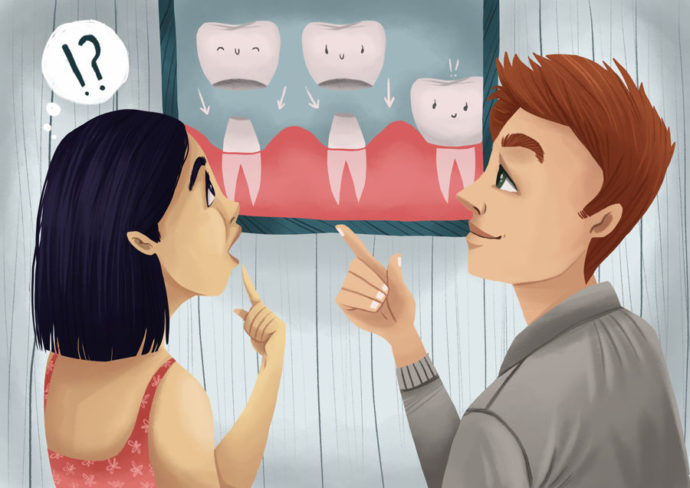
18 Jul Porcelain Crowns: Uses, Procedure, and More
Did your dentist say you need a crown? Porcelain crowns are great for restoring teeth and fixing the overall appearance of decaying, breaking teeth. Here’s all you need to know about the advantages, uses, crowning procedure, and after-care for porcelain crowns.
What Is A Porcelain Crown?
A porcelain crown is a cap placed over the tooth to restore its strength, shape, and appearance. The crown encases the entire tooth, from the top of the tooth to the gum line.
When Do You Need A Porcelain Crown?
Porcelain crowns have many uses, mainly to restore decaying and breaking teeth. Other uses include:
- Holds weak teeth together and prevents it from breaking
- Improves severely worn down teeth
- Holds dental bridges in place
- Reduce tooth sensitivity
- Supports large fillings with limited tooth left
- Enhances the overall appearance
- Fixes severely miscolored teeth
Advantages of Porcelain Crowns
There’s no little to no chance of an allergic reaction with a porcelain crown. Crowns are transparent to enhance the overall look of the tooth and create an aesthetically pleasing smile. Porcelain crowns are perfect for patients who have reduced space in their mouth and need a natural-looking tooth.
Procedure
Before the procedure, you may need a root canal depending on your tooth’s decay or if there is any risk of infection/injury to the tooth’s pulp.
Next, the dentist numbs your tooth and the surrounding area and files the tooth to prepare it for the crown. You have to make an impression of the receiving tooth so the crown fits your teeth. Making the porcelain crown takes time, so you’ll likely have to come by for another visit.
The last visit consists of numbing the tooth and cemented the crown on top, which takes about 60-90 minutes.
Foods To Avoid With Porcelain Crowns
Typically, crowns are made from very strong material and you don’t need to worry about what you’re eating. In some cases, depending on what the crown is made of, chewing gum can loosen the crown. You should also be wary of extremely hard to chew or sticky foods within the first day or two. Stay away from things like bagels, taffy, popcorn, and nuts until the numbness has subsided. For the most part, though, you should be completely fine.


